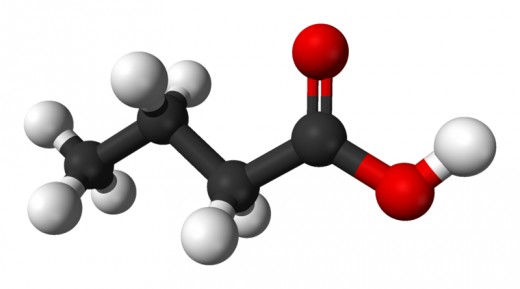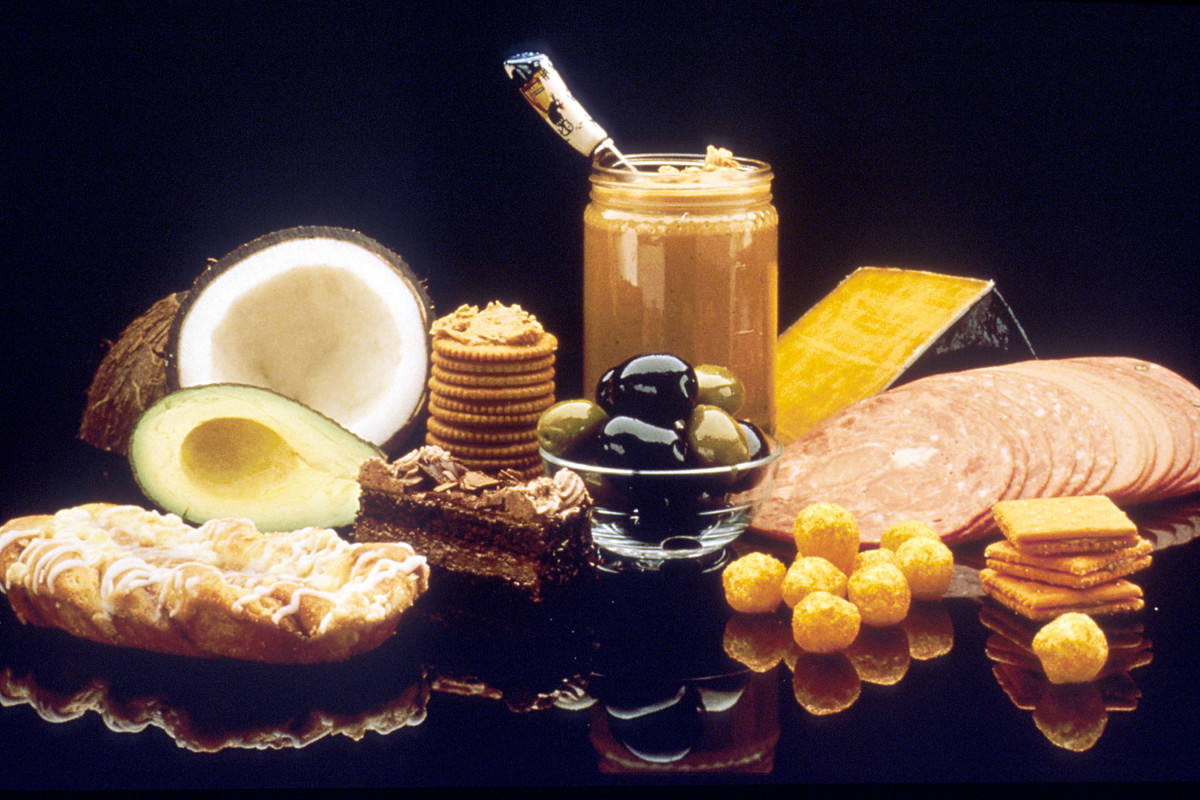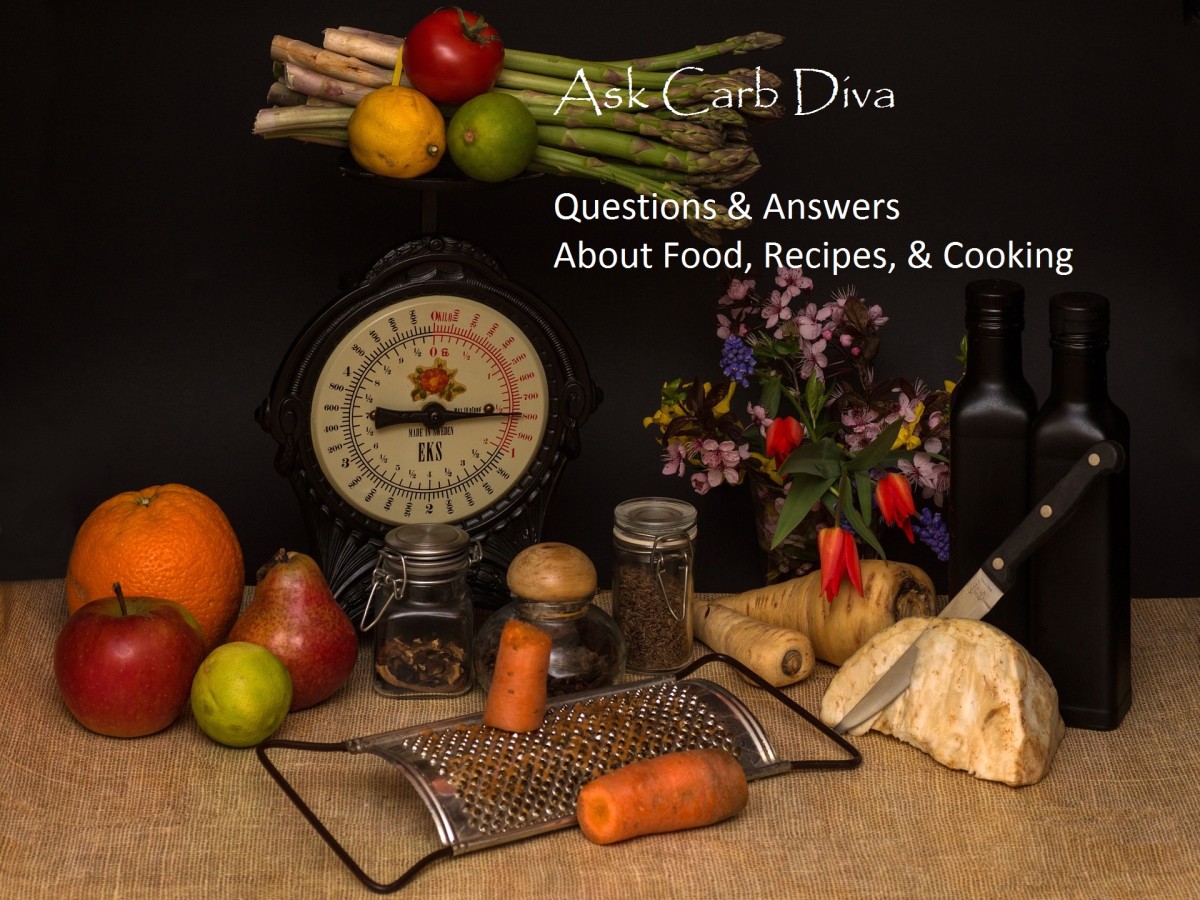The Saturated Fat Monster

Basic fat terminology
We Americans love our heroes, and we love to hate our villains. Health authorities are all too happy to cater to these tastes. Willy-nilly, the legend of the Saturated Fat Monster has gained a cult following, rivaling that of Darth Vader himself.
But before we examine the reality behind the image, here's a little background on the chemical terminology that we'll use. The carbon-carbon bonds in food are classified as covalent; i.e. they share electrons. In this context, an ordinary single bond is a pair of electrons shared by two neighboring carbon atoms. A double bond is similar, but with four shared electrons, rather than two.
Basically, a fat molecule--also known as a triglyceride--consists of three fatty acid subunits, which are joined to a smaller glycerin subunit. Some health mavens claim that animal fats are saturated. However this is not entirely accurate. Most animal fats--including those from red meat--contain all three major categories of fatty acids.
These include saturated fatty acids, which have no carbon-carbon double bonds; monounsaturated fatty acids (having only one carbon-carbon double bond); and PUFAs, or polyunsaturated fatty acids (having two or more carbon-carbon double bonds). The fat from red meat does contain a lower proportion of unsaturated fat than soybean oil, for example. So much for nomenclature.



Risks and benefits of fats
The two most common saturated fatty acids in the American diet are stearic acid (having 18 carbon atoms per molecule) and palmitic acid (16 carbons). Yes, excessive palmitic acid consumption can contribute to arterial plaque. Conventional wisdom is correct about that one specific point. On the other hand, current research suggests that stearic acid is as benign as the monounsaturated oleic acid in olive oil.
If a given food fat contains one of these saturated fatty acids, it will also contain the other. However the relative proportions vary. Does the stearic acid in food fat partially cancel out the bad effects of palmitic acid? We don't know yet.
Similarly, can increasing ones consumption of PUFAs (from fish oil, certain nuts, seeds, and vegetable oils) partially cancel out the bad effects of palmitic acid? If so, to what extent? There's some suggestive preliminary research in this area.
Caprylic acid, aka octanoic acid (8 carbons) is a slightly less-common saturated fatty acid. There's been some good press about this and other medium chain saturated fatty acids in MCTs (medium chain triglycerides). MCTs are found in coconut oil and in real butter. Do the good effects of the MCTs in butter cancel out the bad effects of the palmitic acid?
We don't know yet.
Speaking of butter, let's not forget about butyric acid (4 carbons). This short-chain saturated fatty acid is a component of butter fat. Preliminary research suggests that it encourages some types of cancer cells to undergo apoptosis, or programmed cell death. Some friendly bacteria in your digestive tract 'eat' dietary fiber, and manufacture butyric acid. This may partially explain the mildly anti-carcinogenic effect of adequate fiber in the diet.
Are saturated fats 'bad for you'? Current research suggests that saturated fatty acids are a mixed bag. Some of them are OK, and others are less than OK. Ditto for unsaturated fats. Since most physicians don't have time to keep current on nutrition, they keep repeating platitudes from the 1970s about the Saturated Fat Monster.
Here's my take on the politics of saturated fats: For many years, propagandists from the vegetable oil industry have trounced the propagandists from the dairy and red meat industries. I regard meat as a quantitative health issue, rather than a qualitative one.
Margarine and shortening--and the snack foods that contain it--is another can of worms. The trans fatty acids therein, formed as by-products of the hydrogenation process, are unhealthful. Ironically, if the hydrogenation process was allowed to go to completion, we'd have essentially 100% stearic fat, which is OK from a health perspective. However this product would not have the world's best 'mouthfeel'.
By the way, the word "trans" describes a particular geometry of substituents about a carbon-carbon double bond. The word "cis" describes a different geometrical arrangement. Anyway, the trans fatty acids in margarine and shortening are unsaturated, by definition. Thus not all unsaturated fatty acids are 'good guys'.
Are all trans fatty acids necessarily bad? No. The conjugated linoleic acid (CLA) isomers found in beef, dairy, and egg fats have had some good press as potential anti-carcinogens. And for whatever it's worth, the CLA content of butterfat from exclusively grass-fed dairy cattle is substantially higher than average.
What about CLA supplements? I purchased some from a local health food store many years ago, and they turned out to be rancid. Yuck! Health food store owners need to be educated about the need to keep their CLA supplements refrigerated at all times. Until that happens, I cannot recommend these particular supplements.
Organic chemistry boffins will be interested to learn that the CLA, rumenic acid (also known as c9, t11 CLA), is simultaneously cis and trans. It has two carbon-carbon double bonds, with differing geometries.
A quaint superstition from the late 20th Century says that dietary fat is always 'bad for you'. First, if you follow a truly fat-free diet, with no 'cheating' and no 'oopsies', it will eventually kill you. Fortunately, it's extremely difficult to avoid fats entirely. Even organically grown brown rice contains a little fat. Most people can easily satisfy their need for essential fatty acids, like cis-linoleic acid, without eating a whole lot of fat.
Some people feel better eating a relatively small amount of fat. Others, including myself, function better with a moderately high fat intake. One size does not fit all.
Second, early studies showed that people could lose body fat in the short term, by cutting back on their dietary fat. Here's my educated guess about this preliminary result. Low-fat recipes don't taste as good as conventional recipes; so we're less tempted to 'pig out'.
Unfortunately, this research led to an 'arms race' between dieters and food technologists. The result: commercial 'diet' desserts--with extra sugars to partially compensate for the lower fat content--that are almost as yummy as conventional desserts. And dieters are back on Square One.
It's best not to get too concerned about the latest Scare of the Month Club article that comes down the pike. There's an old saying in the news biz: If it bleeds, it leads. More to the point, biomedical studies are all based upon measurements, and all measurements have varying degrees of uncertainty. There are at least three different approaches to studies on the effects of diet on health. And in two of them, there are potential method errors, in addition to the random errors associated with measurement.
1. Questionnaire-based surveys. Ask a large number of people about their dietary habits, and study specific aspects of their health over the years. Are the healthier people healthier because of their diets, or do they choose certain eating patterns because they're healthier to begin with?
2. Well-funded intervention studies. There's a control group that continues to eat what they're accustomed to, and an experimental group that's encouraged to make certain changes in their diets. Look at morbidity and mortality in both groups over a long period of time.
3. Intervention studies that are done 'on the cheap'. These are similar to the above, but the study is for a much shorter period of time. And the researchers look at selected biomarkers of the disease in question, rather than actual outcomes.
Type 3 studies are useful for suggesting more comprehensive Type 2 studies in the future. But as a practical matter, they should be taken with a grain of salt. As General Semantics buffs are quick to point out, the map is not the same thing as the territory.
Now let's return to the main topic. In addition to providing EFAs, common dietary fats slow down starch digestion, so that you're not ravenous two hours after breakfast. In the world of food, there are no heroes, and few villains--not even saturated fat.
Copyright 2011 and 2013 by Larry Fields








